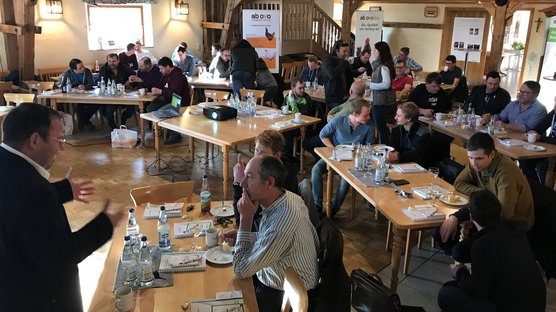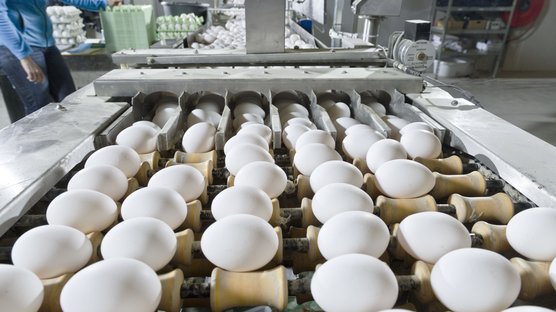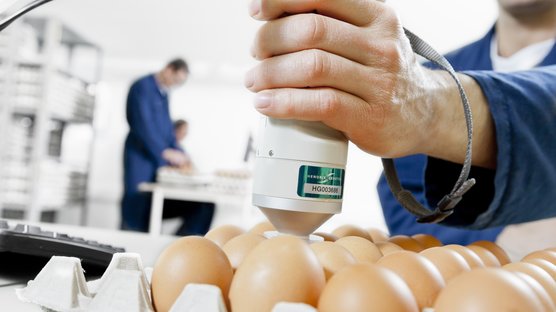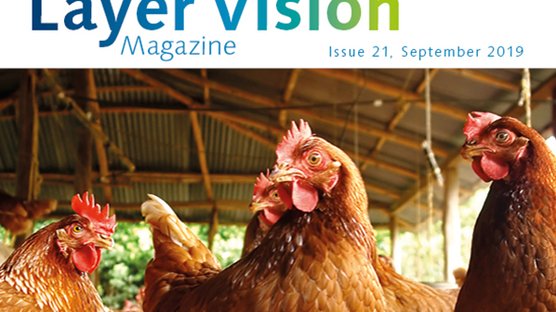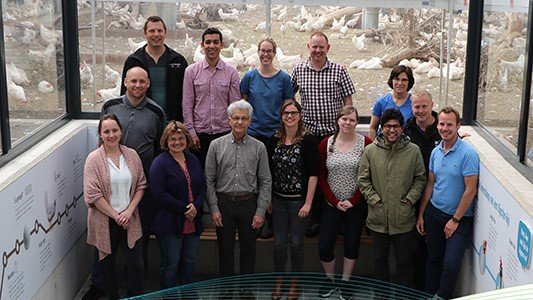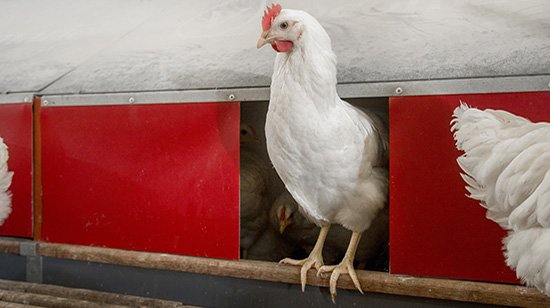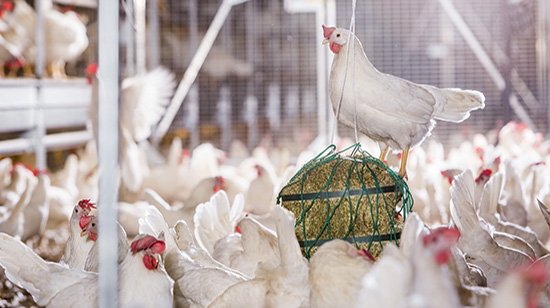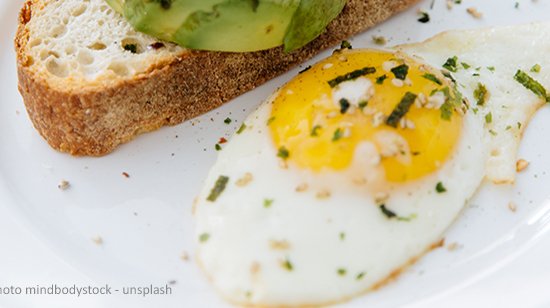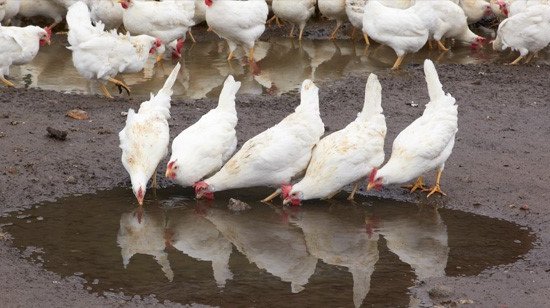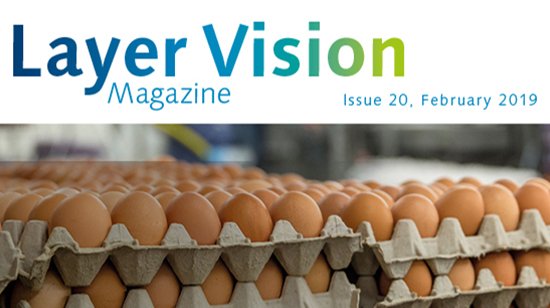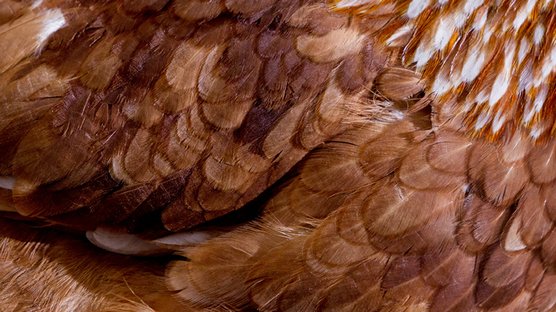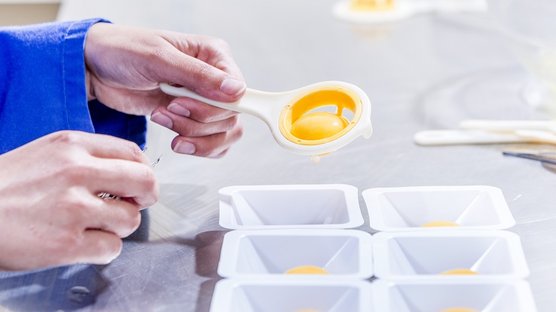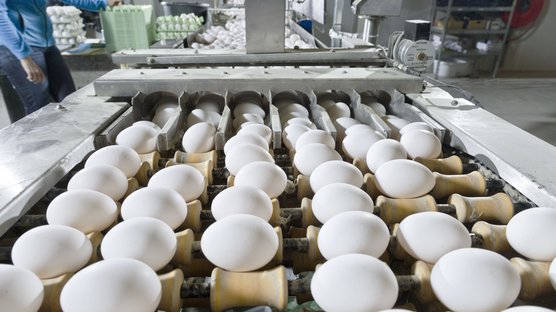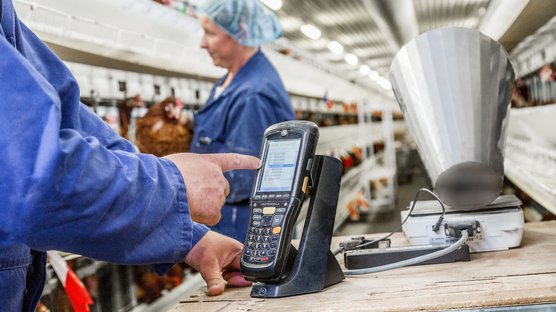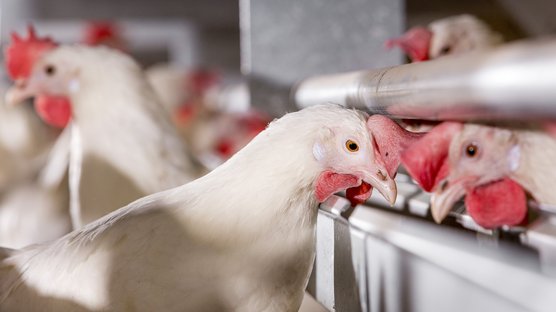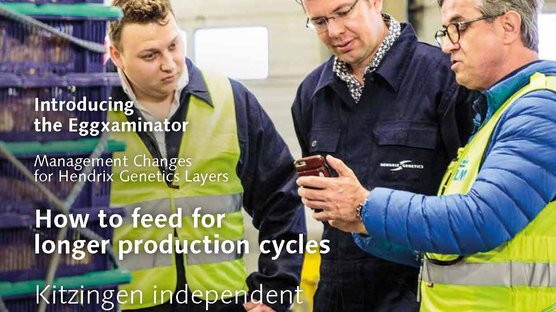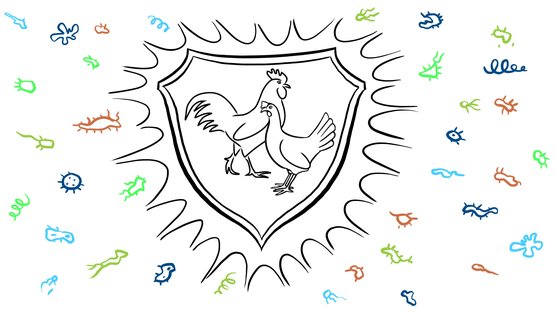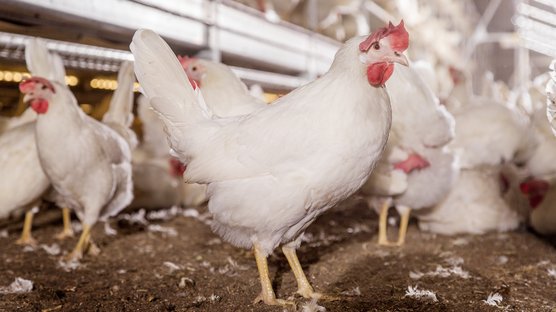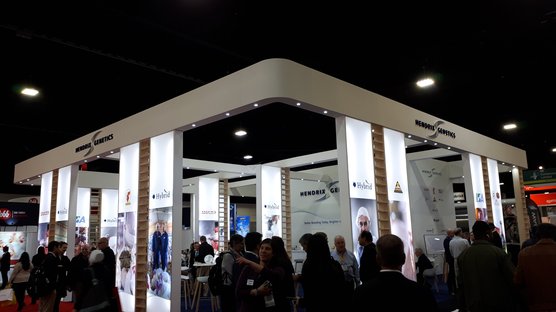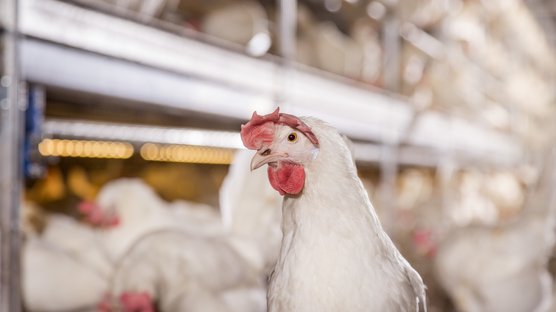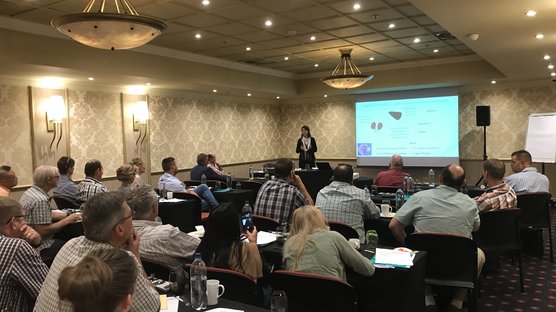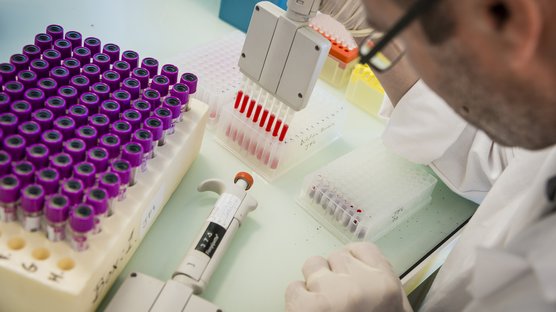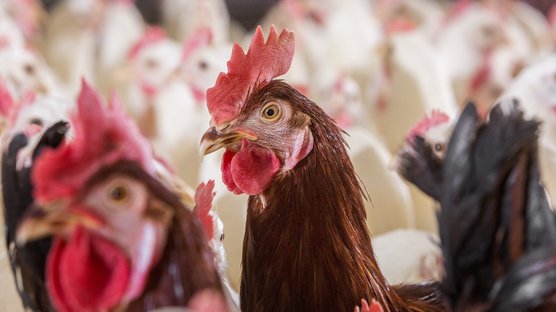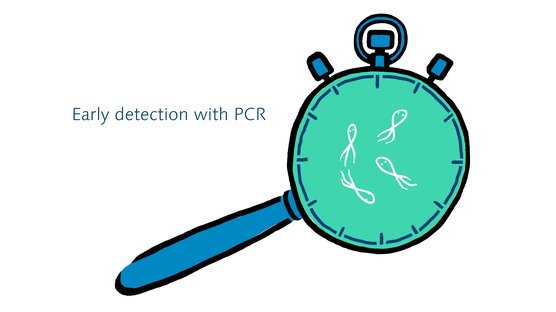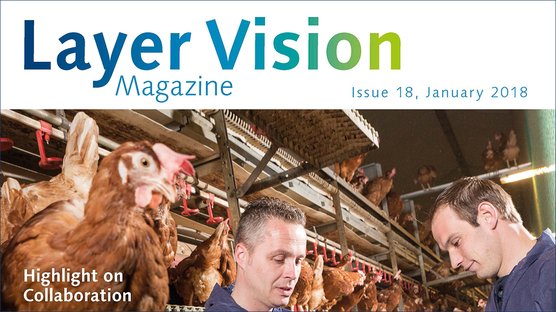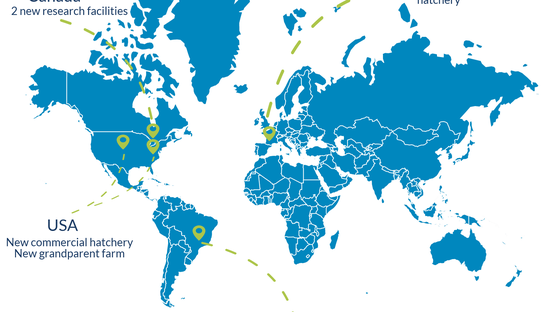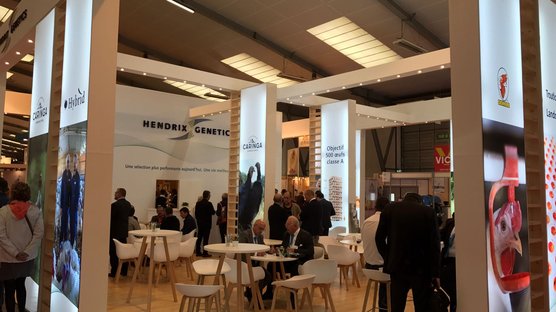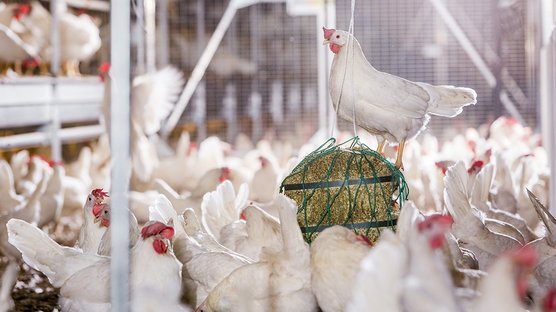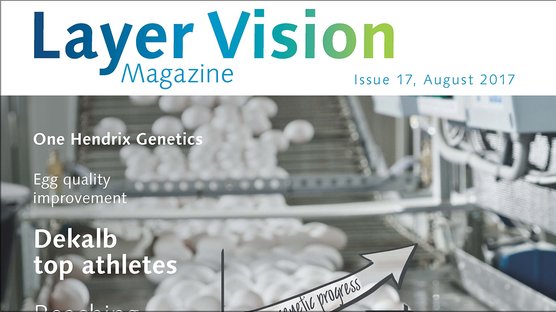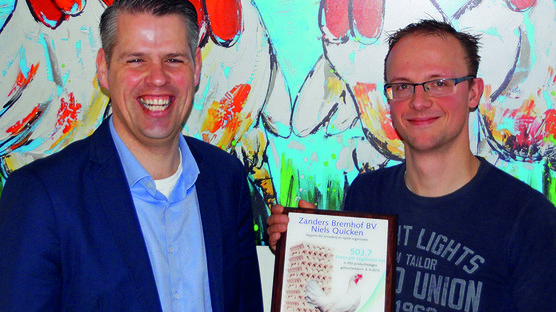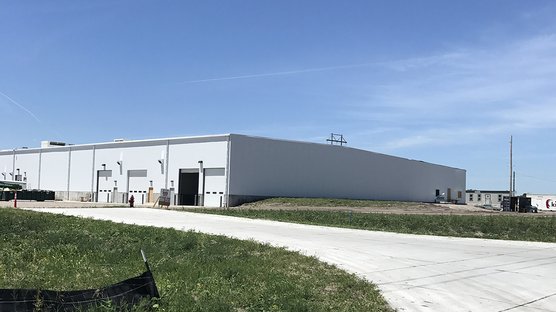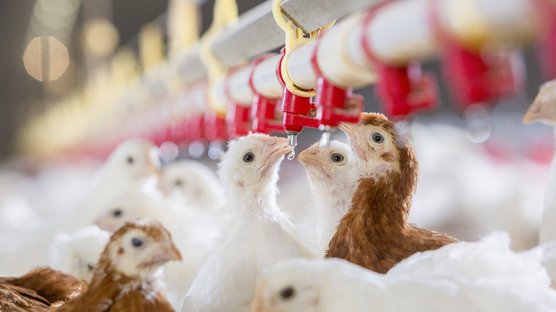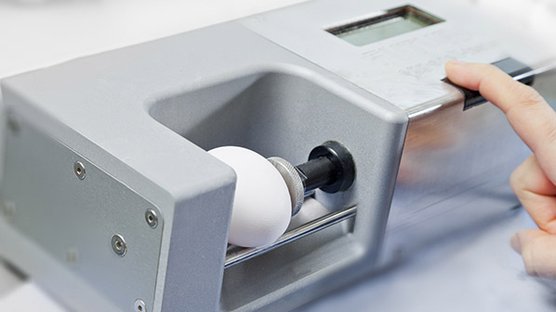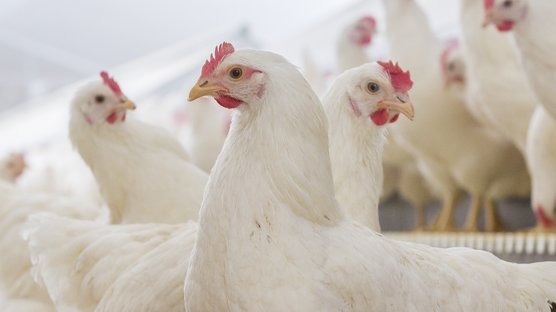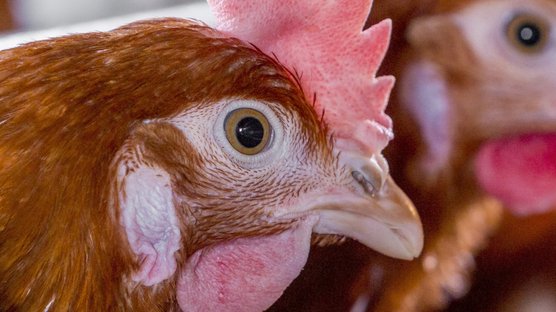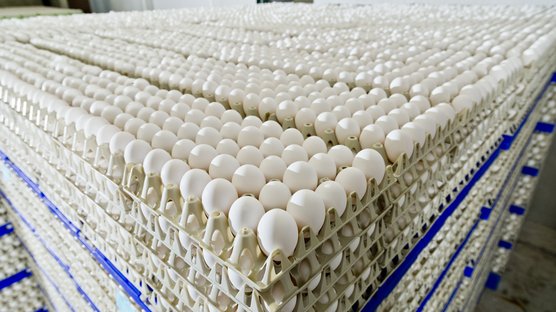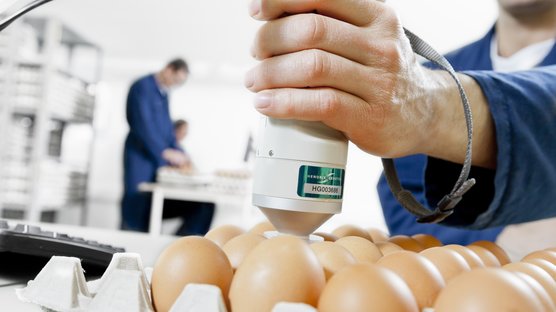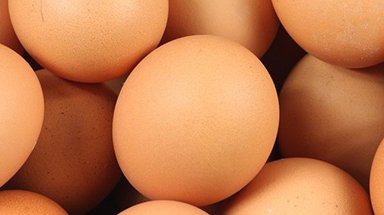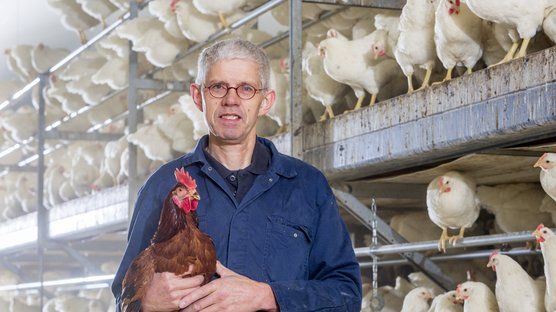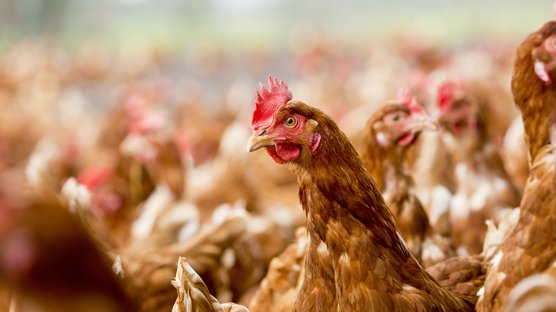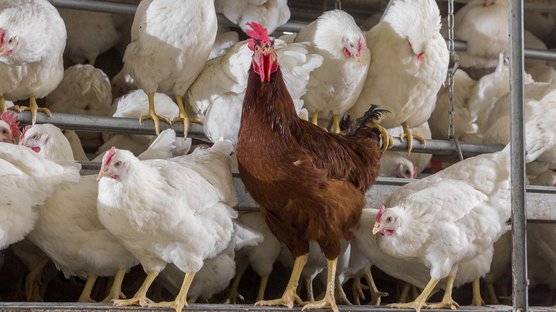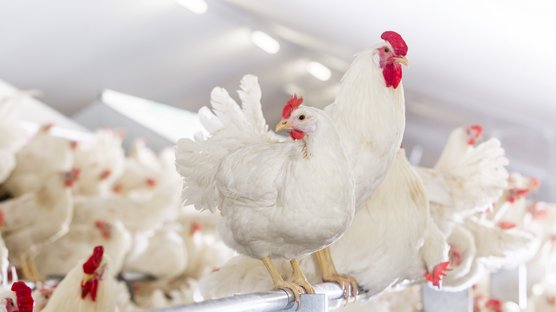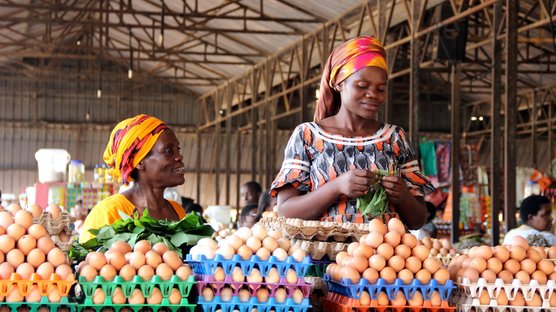News Overview
Roadshow 2020 with ab ovo, Germany and Hendrix Genetics
As 2019 draws to a close and we enter a new decade in 2020, we’d like to reflect on past accomplishments and plans for the new year. Throughout another busy year, it has been an honor and a pleasure …
As members of the egg industry, we're proud to take a day to celebrate the power of the egg: World Egg Day 2019.
We’re pleased to highlight another successful flock that has surpassed 500 eggs per hen housed. Schothorst Feed Research is an independent research organization, based in the Netherlands, that develo…
As a result of the large diversity in the potential uses of eggs and the subsequent demands of the consumer, it is quite a challenge to define egg quality according to everyone’s standard.
We have so many great stories to share from the last few months in the laying hen world.
The transition to cage-free housing has left many egg producers in the US and Canada with questions on how to implement this new system successfully. For egg producers that have used the same systems…
How are our hens so productive?More than a decade ago, we committed ourselves to developing laying hens that are able to produce 500 eggs per hen in 100 weeks of age. All over the globe we can clearl…
The North Carolina Layer Performance and Management Test is an annual, independent trial meant to assist the poultry industry in evaluating the performance of the top commercial layer products in var…
We know that eggs are a nutrient-dense food, a rich source of protein and essential vitamins and minerals, particularly vitamin D, vitamin B12, selenium and choline. However, scientific opinion on th…
Biosecurity is taking measures to protect your birds from harmful biological agents, like viruses, bacteria, parasites, etc. In commercial poultry production, this generally means total confinement o…
When we started our breeding mission of reaching 500 eggs in 100 weeks, we were aiming to achieve this by the year 2020.
In this issue of the Layer Vision, we hear many different perspectives on the amazing benefits of eggs. They are healthy, affordable, and available in every continent.
We hope that 2018 has been a successful year for you and your organization!
Good feathering is important for a bird’s health and welfare, productivity, and feed conversion.
Good internal egg quality can be defined by yolk color, albumen quality, and vitelline membrane strength. Genetics play an important role in resulting egg quality, but how do feed and management fact…
As members of the egg industry, we're proud to take one day to celebrate the power of the egg: World Egg Day 2018.
The Eggxaminator is a brand new piece of technology that will enhance egg quality data collection even further than before. Created in collaboration with Hendrix Genetics Innovations and a tech partn…
With longer production cycles, maintaining a healthy liver is crucial for hen performance. Liver health is strongly linked to egg mass, eggshell quality, and persistency in lay. Veterinarian, Rafael …
Research and development is the key for an efficient and sustainable breeding program. This is the basis of a profitable egg chain from breeding company to the egg producer through distributors. Hend…
Sharing knowledge and connecting individuals in the value chain is one of our aims as an industry leader. A recent technical distributor meeting held in Uden, The Netherlands was one example putting …
When layers are kept in production for 100 weeks instead of 60 or 80 weeks, egg output and the associated export of nutrients is much higher. High performing birds need a perfect feeding strategy to …
This issue features technical resources, company updates, and customer stories from around the world. We hope you enjoy reading!
A new genetic link to the immune system in laying hens has been discovered that could result in laying hens being born resistant to many diseases.
Bodyweight management is an important parameter to track throughout the life of your birds. From day old to transfer, growth and organ development occurs at various ages. A lack of growth during a st…
As the busy trade show season comes to a close, catch up on some highlights from IPPE, VIV MEA, and the Midwest Poulty Show. Thank you to those that met with us at our booth. We look forward to seein…
Health management of your flock in alternative system involves choosing the right breed, feeding program, and system design. After that, it's up to you to plan, observe, and adjust.
In February of this year, the World Congress on Genetics Applied to Livestock Production was held. Get to know the insights, trends and key outcomes of the event.
With such a dynamic and growing market, we are excited to report our latest activities in Africa. Representatives from our sales and technical team recently visited Dekalb customers in South Africa t…
Wageningen University and Hendrix Genetics recently collaborated on a project to identify a DNA region that may explain why some layers are more disease-resistant than others.
This study provides more insight into how different variables affect the overall health of future generations of laying hens.
Incorporating forensic technology to catch AI early
With the beginning of a new year, comes a new edition of our Layer Vision magazine.
New investments to deliver added value for the global supply chain
The first seminar for new distributor was held in the Western Balkans Region , NP Panić Trade.
The SPACE 2017 tradeshow in Rennes, France welcomed over 100,000 attendees with 1,140 stands. We met with customers and partners at our booth demonstrating the new One Hendrix Genetics style.
Transitioning from a cage system to an alternative housing system, either cage free or within an aviary system, requires careful attention to good management. One important aspect is nutrition.
Our ongoing mission of reaching 500 first quality eggs per hen housed is the center of our new production standards.
With the release of new performance standards for Hendrix Genetics’ laying hens, it is important to examine how the breeds have made genetic progress in egg numbers, egg quality, FCR and livability.
Our layer organization continues to grow across the world, and we are still bolstered by the added strength of all genetic brands to form One Hendrix Genetics.
Attention to detail is required to collect more than 500 eggs, as Niels Quicken explains
Hendrix Genetics is pleased to announce the opening of a brand new hatchery in Grand Island, Nebraska capable of producing 24 million female chicks per year. The project is a significant step in stre…
In order to give your flock the best start possible, brooding conditions for newly placed chicks is very important.
New production standards announced by Hendrix Genetics Layers show the effect of their intensive breeding program. Besides improvement of egg numbers by 14 eggs per hen housed, also an improvement is…
As you may already know, we recently renewed the look of our portfolio to emphasize the stories and strengths of our brands.
Our mission to breed layers capable of producing 500 first quality eggs per hen housed has been a guiding principle at Hendrix Genetics Layers. Because of the extended production cycle adopted in the…
Higher laying rates, better persistency and longer production cycles are observed over time (Fig. 1). This trend will continue as breeding companies, egg producers, and animal feed companies collabor…
Obtaining high eggshell quality is important for both table egg and hatching egg purposes. Consumers have come to expect uniform, strong shelled eggs, and for hatching purposes, eggs that have a stro…
Egg shell color is a major trait in the HG layer breeding program for many years. It is key to score all individual eggs with an high accuracy. To avoid any subjective scores ISA has invested long ti…
Extended laying cycles has become a reality worldwide and an unstoppable trend. Selective breeding for persistency has certainly played a major role in achieving increased performances, but besides g…
Breeding for liveability is a key focus for our breeding department. How do we achieve this goal? A conversation with Teun van de Braak, Geneticist for Hendrix Genetics in the Layer department.
Several years have passed since the 2012 EU ban on conventional cages. With the latest announcements from many major US food companies and retailers that they will only source cage free eggs, the int…
There are a number of important factors to consider when setting up your hatchery with the right processes and systems. The hatchery floorplan must be set up correctly for biosecurity and hygiene sta…
As the US and EU transitions away from cage housing systems, members of the industry are making steps to ensure that producers have the best opportunity to change over to this system as smoothly as p…
Managing breeder flocks in high temperature climates is an even greater challenge than managing flocks of the same genetics in temperate climates. Effective breeder management includes several factor…

